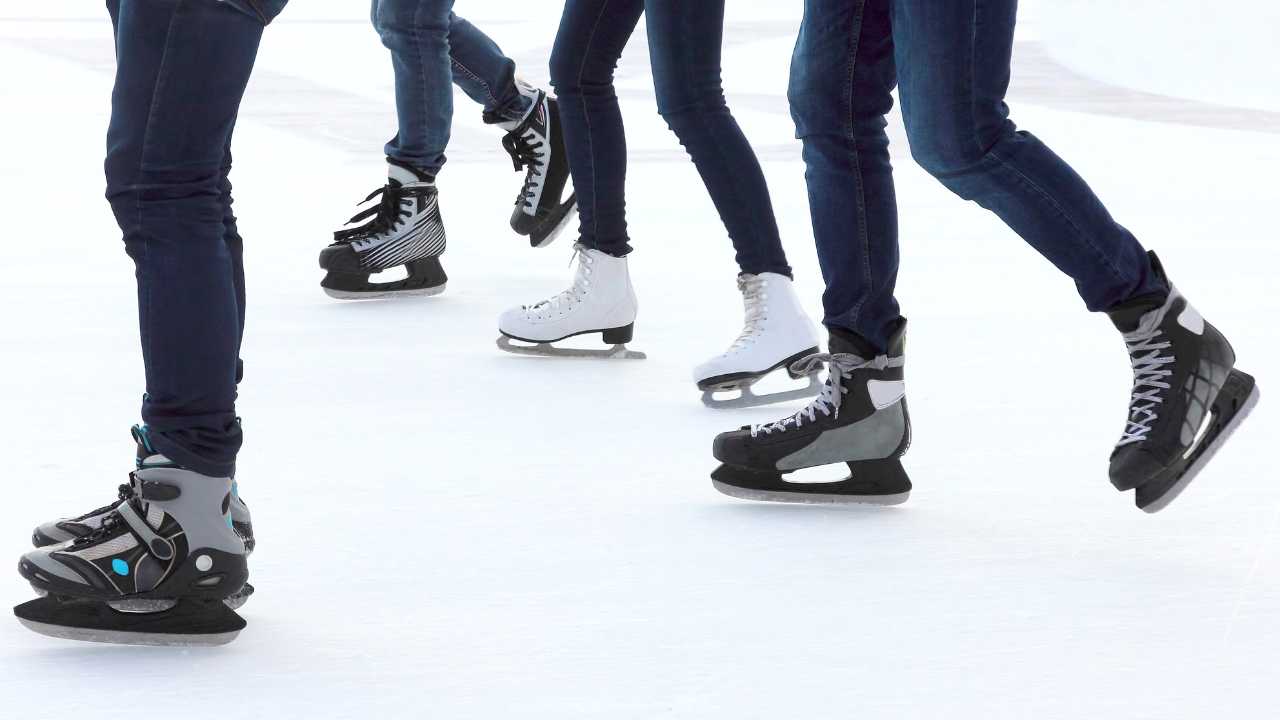Key Considerations And Tips For Designing A Synthetic Ice Rink

Having your rink gives you access to ice anytime you want it. But it’s essential to consider the right product for your needs.
Synthetic ice rinks are considered more environmentally friendly than traditional ones, as they do not require large amounts of energy to maintain freezing temperatures.
Synthetic ice rinks can be used for various skating activities, including figure skating, ice hockey, speed skating, and general recreational skating.
Size
A traditional ice rink requires a lot of equipment and space to build. It must also be kept at a cold temperature, which adds to electricity and water costs. There are also additional costs for tools to keep the surface ice safe and smooth.
Synthetic ice rinks come in interlocking panels that can be used to fit a variety of sizes and areas. You can even make inclines and curves on the rink, making it ideal for skating and hockey training.
If you’re planning a recreational facility, consider adding rubber walking mats, scoreboards, and audio-visual components to provide an immersive experience for all skaters. You’ll also want to consider rink size to accommodate different levels of play.
Skating on a hard surface makes you work harder to maneuver, which is great for hockey players who need to improve their endurance and strength. However, slippery synthetic ice can cause skaters to lose control if they try to use their normal skating moves. This is why choosing a product with a tight tongue-and-groove connection system is essential.
Shape
Unlike traditional ice, synthetic rinks do not require water or refrigeration and can be used indoors or out. They also don’t require costly compressors or energy to power them.
Suppose you want to turn your backyard into a skating rink or use a gym for an in-office holiday party or town hall space for a community event. In that case, putting up synthetic ice rinks can be quick and easy on any level surface. This can save you time and money over renting ice or finding a frozen rink.
While some brands of synthetic ice require topical lubricants to be applied regularly, today’s best self-lubricating premium products imbed the lubricants into the material and release them as your skate blades cut into it, resulting in an unparalleled glide that is remarkably similar to ice.
Color

Ice skating is an excellent recreational activity for building coordination and social skills. It is also a great form of exercise for people of all ages.
Several factors must be considered if you want to build a synthetic ice rink. For example, choosing a rink with an easy-to-clean surface that can be used indoors or outdoors is essential. It is also essential to consider the safety of your skaters. It is important to have protective gear available, as well as rubber walking mats.
Another factor to consider when choosing a synthetic ice rink is the color. It is essential to choose a premium-quality rink, as low-quality rinks tend to fade and lose their chemical stability when exposed to sunlight. Choosing a rink with UV protection will ensure that your rink stays beautiful for years. You can also add accessories to your rink, such as work lights for outdoor hockey rinks or string lights for a more decorative look. This will allow you to get the most out of your rink and make it more enjoyable for your skaters.
Material
Synthetic ice rinks, also known as artificial ice rinks or plastic ice rinks, are innovative installations that mimic the experience of ice skating or playing ice hockey without the need for real ice. These rinks are typically constructed using high-quality synthetic materials that provide a smooth, gliding surface for various recreational and sporting activities.
Consider your chosen material carefully, considering whether your synthetic ice rink will be used for events or permanent community use. Not all rink materials are created equal, and your choice will directly impact how easily and quickly the rink can be constructed, how well it performs, and how much maintenance is required.
Design
Synthetic ice rinks are made of specially designed panels or tiles that simulate the glide and feel of real ice. These panels are typically made of high-density polyethylene (HDPE) or other advanced plastic materials.
Imagine owning a modern ice rink that doesn’t require water, power, or coolants but still provides an incredible glide and perfect skating conditions. That dream is a reality thanks to synthetic ice.
The ice produced by today’s leading manufacturers has been engineered for more glide and less friction. The high-density poly sheets have a dovetail or jigsaw pattern that connects to create the playing surface.
The ice also features a textured top, allowing skates to scratch the surface lightly, releasing additional gliding lubrication. This enables players to build endurance on the synthetic surface, leading to a smoother, more powerful glide when returning to natural ice.